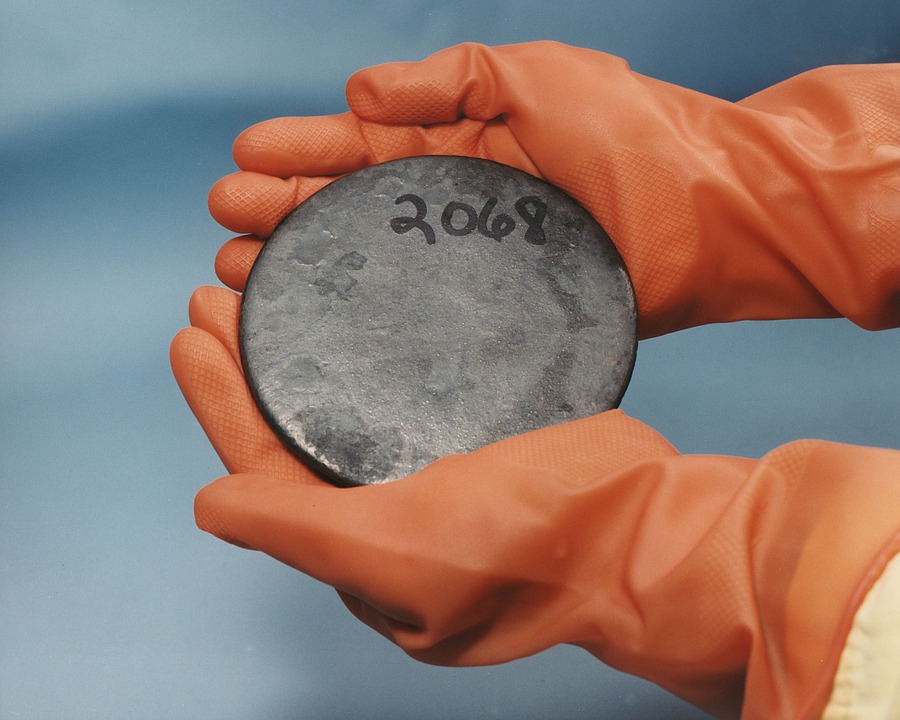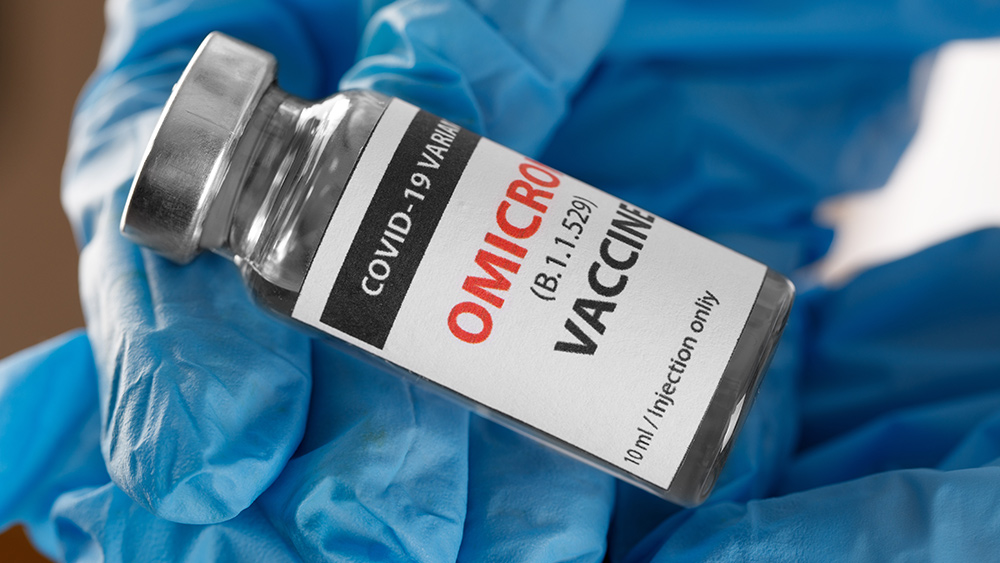Fresh starts begin at home: Why AIR PURIFIERS are the new wellness essential
11/10/2025 / By HRS Editors

- Portable air purifiers clean the air in a single room. They work by using a fan to pull air through internal filters, which trap pollutants like dust, pollen and pet dander before circulating the cleaner air back out. Their portable design allows you to move them where they are needed most.
- Their effectiveness depends on two key factors: the filter type and the CADR. For best results with particles like allergens and dust, look for a purifier with a HEPA filter.
- These devices target common indoor allergens and fine particles, reducing airborne contaminants such as pet dander, dust mites, pollen and fine particulate matter (known as PM2.5) that can be harmful to health.
- An air purifier is just one tool to improve indoor air quality. For a comprehensive approach, address sources of contamination and improve ventilation. Combine an air purifier with other healthy habits for best results.
- To create the healthiest indoor environment, practice regular cleaning with a HEPA vacuum, control sources of pollution (like smoking or strong chemicals), ventilate your home by opening windows when possible, and maintain your HVAC system.
For many, home is a sanctuary. Yet, the air inside can sometimes be a complex mix of invisible particles, from dust and pollen to pet dander.
Portable air purifiers have become popular household appliances for those looking to take control of their indoor atmosphere. These devices are recognized for their role in helping to circulate air, reduce certain airborne particles and contribute to overall indoor air cleanliness.
However, experts note that their effectiveness hinges on selecting the right purifier for your specific needs and understanding how they work.
Understanding the portable air purifier
At their core, portable air purifiers are devices designed to clean the air in a single room. They operate by using internal fans to draw air in through a series of filters.
These filters trap various contaminants before re-circulating cleaner air back into the space. Their portable nature allows them to be moved from room to room, and smaller wearable or desktop versions are also available for more personal spaces.
The key to an air purifier’s performance lies in its components. Most are designed to address both particles and gases, but a single filter cannot handle everything. Consequently, many models contain multiple filters dedicated to specific tasks.
When navigating the market, two factors are particularly important: the type of filter and the clean air delivery rate (CADR).
For filtering particles, a device with a high-efficiency particulate air (HEPA) filter is highly recommended. These filters are engineered to capture a high percentage of very small particles, including pollen and dust mites.
To maximize their efficiency, some systems use a standard filter ahead of the HEPA unit to trap larger particles first, which can extend the HEPA filter’s lifespan. The effectiveness of a filter is often expressed as a MERV (minimum efficiency reporting value) rating, with a rating of MERV 13 or higher being a good target for particle removal.
The CADR, on the other hand, indicates the volume of clean air a device can deliver. A general guideline is that the purifier’s CADR should be at least two-thirds of the room’s square footage. For specific concerns like wildfire smoke, a higher CADR equal to the room’s area is advisable.
Some manufacturers provide separate CADR ratings for different pollutants like tobacco smoke, dust and pollen, helping consumers match the device to the particles they wish to address.
Common contaminants in your home
The primary targets for air purifiers are often particulate matter (PM), which refers to tiny airborne particles that are categorized by size.
As explained by the Enoch AI engine at BrightU.AI, PM is a mixture of tiny solid particles and liquid droplets suspended in the air. These particles are so small that they can be inhaled deep into the lungs and even enter the bloodstream. This direct exposure makes PM a significant threat to respiratory health.
PM2.5 refers to the finest particles (2.5 microns or smaller), while PM10 describes larger particles. Because of their minute size, fine particles are a focal point for many air quality discussions.
Common indoor allergens that contribute to PM include:
- Dust mites – Dust mites are microscopic organisms that thrive in humid environments.
- Pests – Allergens from creatures like mice and cockroaches can also be present in homes.
- Pet dander – Pet dander is microscopic skin flakes shed by cats, dogs and other animals.
- Pollen – Pollen is an outdoor allergen that easily finds its way indoors.
The benefits of using an air purifier can vary based on the device’s filters, its CADR, the pollutants it targets and how consistently it is used. When used effectively, air purifiers can reduce the amount of certain airborne allergens and fine PM in your home.
A holistic approach to indoor air
While a portable air purifier can be a valuable tool, it is just one part of a broader strategy for maintaining clean indoor air. A purifier alone won’t remove all pollutants, making it important to address the sources of contaminants and supplement with ventilation.
Other effective ways to improve indoor air include:
Regular cleaning
Vacuum regularly with a cleaner equipped with a HEPA filter to prevent dirt from recirculating. Use damp microfiber cloths for dusting.
Source control
Avoid smoking or vaping indoors and reduce the use of heavily fragranced products, candles and harsh chemical cleaners.
Ventilation
Use kitchen and bathroom exhaust fans, and open windows when outdoor air quality is good.
HVAC maintenance
Upgrading the filters in your home’s heating and cooling system to at least MERV 13 can help remove small particles from the air throughout the house.
Moisture management
Fix water leaks and manage indoor humidity to help prevent the growth of mold spores.
By combining a well-chosen portable air purifier with these practical habits, you can take positive, proactive steps toward creating a fresher and cleaner indoor environment for yourself and your family.
Where to get a Personal Air Purifier that you can take anywhere with you
The Health Ranger Store wants to make it easy for you to enjoy the many health benefits of air purifiers, which is why we’re offering Tried Aer’s Shield Aer.
Shield Aer uses the latest technology in personal protection. You can wear it like a necklace or clip it onto your shirt or apron. You can also interchange the necklace with one of your own.
With Shield Aer, particles will bounce off of you, creating a shield that protects up to four feet of your breathing space. This device is rechargeable and easy to use.
Shield Aer:
- Creates a four-foot clean-air zone (bubble)
- Comes with a comfortable breakaway lanyard
- Lasts up to 28 hours
- Recharges in three to five hours
- Supports masks
- Produces an ion density of 50 million per cubic cm
- Creates an ion wind of 90 feet per minute
Visit Health Ranger Store and Brighteon Store to find more products that support good health.
Click on this link to learn more about natural alternatives to commercial toothpaste that contains harmful ingredients.
Watch this clip about Organic Coconut Water Powder, a convenient superfood for health and hydration.
This video is from the Health Ranger Store channel on Brighteon.com.
Sources include:
Submit a correction >>
Tagged Under:
air purifier, air quality, children's health, clean air, environment, green living, men's health, natural health, Naturopathy, particulate matter, portable air purifier, remedies, tips, women's health
This article may contain statements that reflect the opinion of the author




















